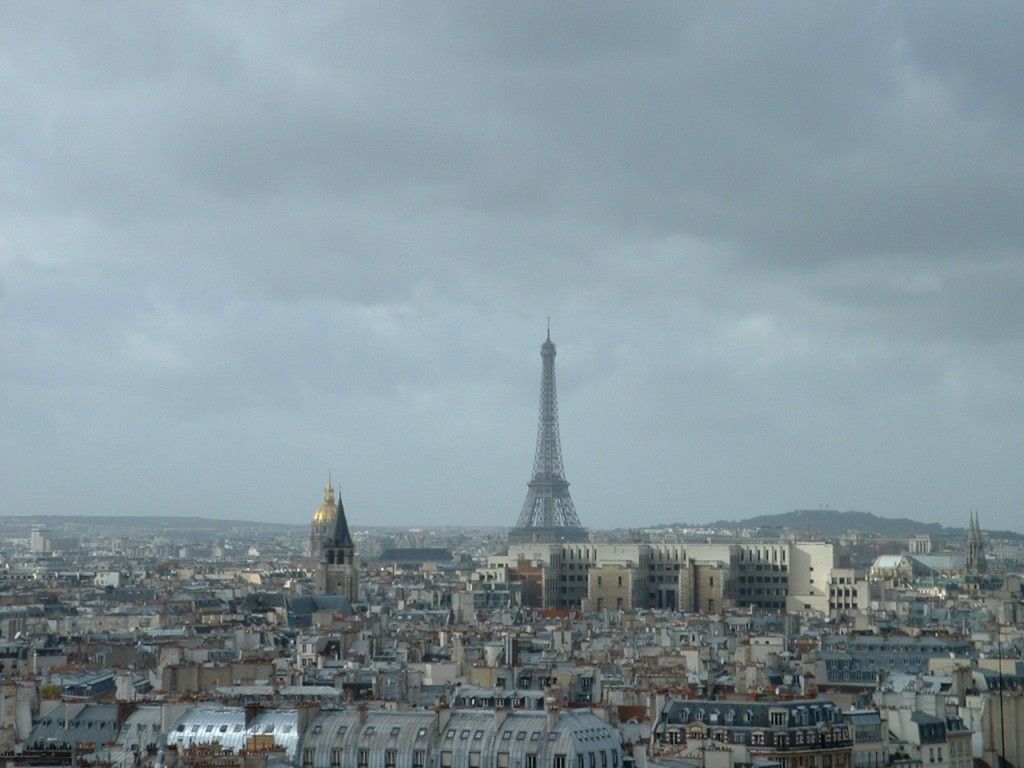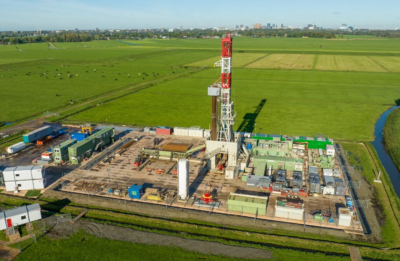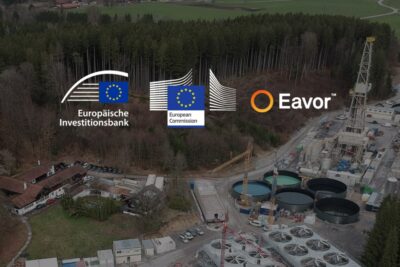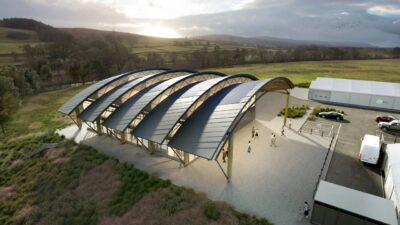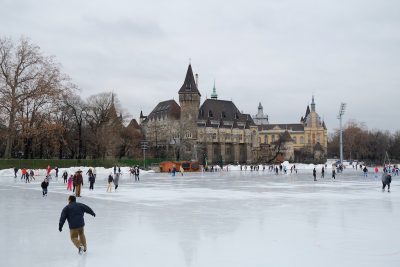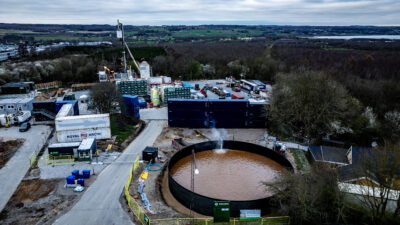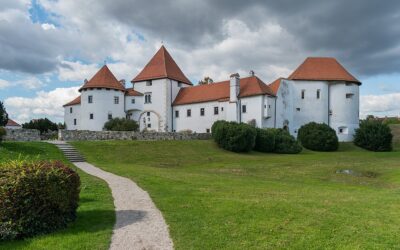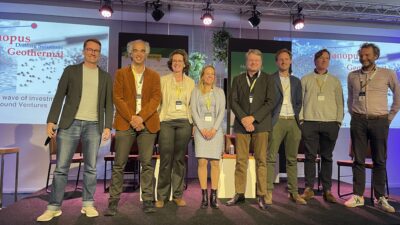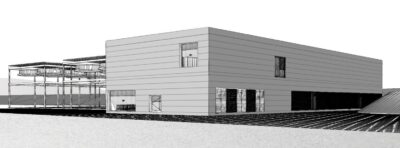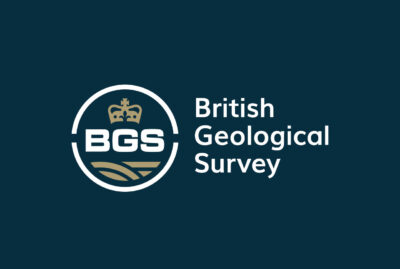Heat potential of shallow geothermal mapped for Greater Paris/ France
A joint project led by the French Geological Survey (BRGM) has identified the heat potential by shallow geothermal for the Greater Paris area in France.
In a release shared late last month, The French Geological Survey (BRGM) announced the closure of an extensive mapping project to identify the geothermal heat potential in the Greater Paris area.
After a year and a half of work, the BRGM and the Métropole du Grand Paris, with the support of ADEME and in partnership with the Atelier parisien d’urbanisme (APUR), have identified areas favorable to the development of geothermal energy. to heat or cool buildings. The heat potential of the subsoil in the 131 metropolitan municipalities is deemed to be considerable there.
As part of its Metropolitan Climate Air Energy Plan (PCAEM), the Greater Paris Metropolis and BRGM, the national geological service, have launched a study to find out the potential of surface geothermal energy in the territory including Paris and the 130 metropolitan municipalities. surroundings, in order to have a decision support tool for the deployment of this sustainable energy identified as the main source of renewable energy.
So-called surface geothermal energy makes it possible to capture the temperature of the subsoil between 0 and 200 meters deep in order to heat or cool buildings according to seasonal needs. Often coupled with a machine called a heat pump, the devices used can, depending on the case, be adapted to individual houses, large tertiary buildings or entire districts.
Geologists and thermal scientists from the National Geological Service were thus able to assess the quantity of energy that could be extracted from the metropolitan underground via two proven techniques: vertical exchangers and doublets on layers. The first consists in circulating a fluid in probes buried in the basement so that they absorb the ambient temperature. The second would make it possible to directly exploit the calories of the water tables contained in the rocks of the Lutetian, the Ypresian-Cuisian and in the Chalk. This hydrogeological context requires the installation of local open-loop systems allowing the pumping of water slightly warmer than the surface in winter (and colder in summer). The set must be coupled to a heat pump,
At the scale of the Greater Paris Metropolis, the current consumption of thermal energy (heating, domestic hot water, air conditioning) is estimated at 50.94 TWh per year. According to the study carried out by the BRGM, surface geothermal energy could in theory cover more than half of these needs, if all buildings had the adequate distribution systems required by heat pumps.
To date, there are an estimated 900 surface geothermal installations within the Greater Paris Metropolis.
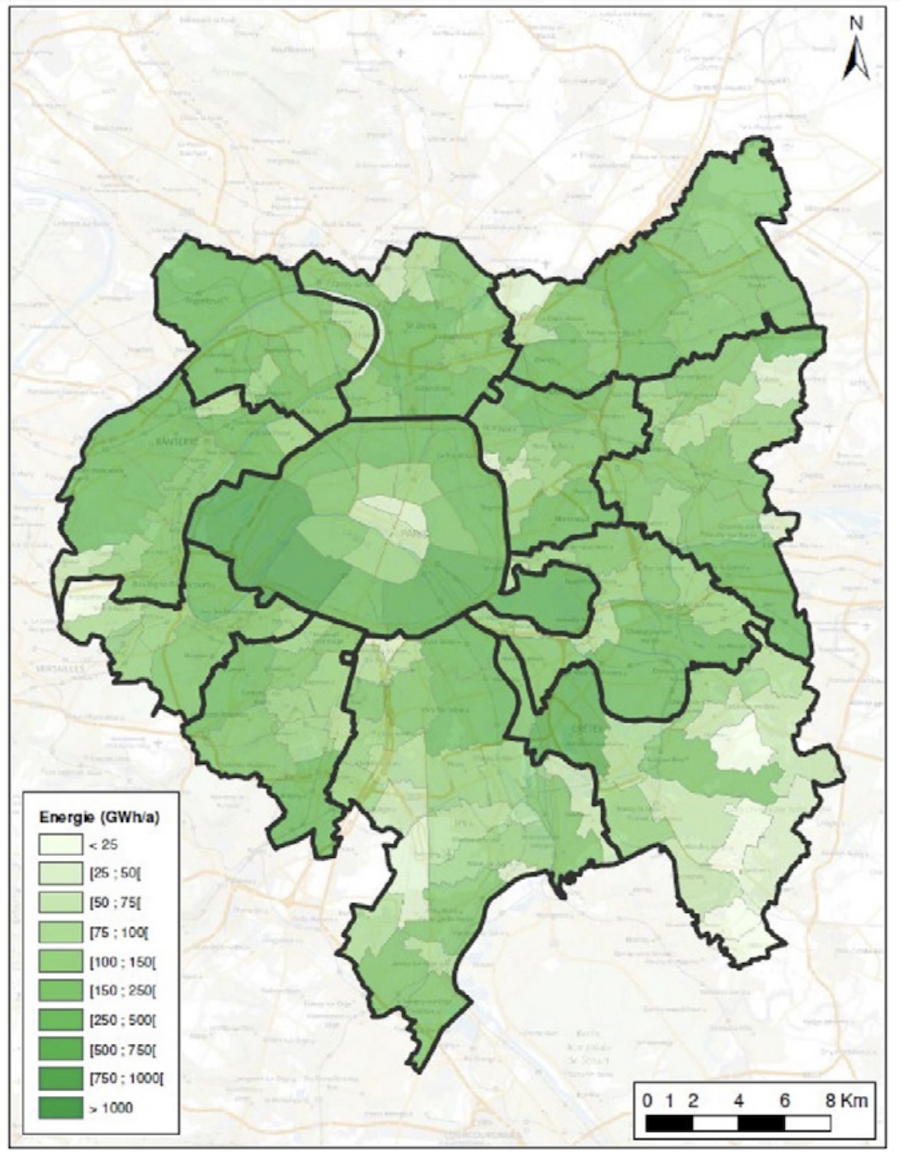
Source: BRGM
